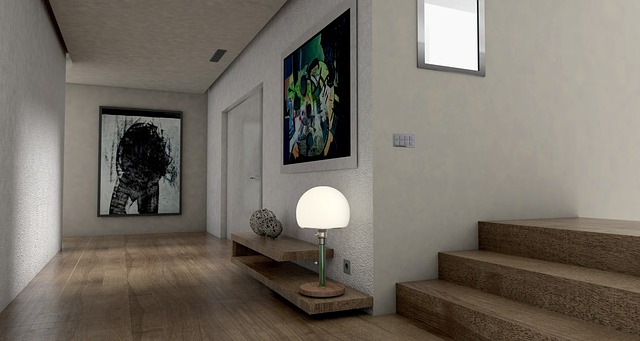Residential architectural drafting is a crucial discipline for preserving and restoring historical structures, blending traditional methods with modern tools. Skilled drafters interpret old blueprints, recreate unique architectural details, and ensure the cultural significance of heritage sites for future generations. This meticulous process involves extensive research, period-specific knowledge, and advanced software like photogrammetry for accurate documentation. Successful heritage project restorations rely on these practices to maintain historical integrity, using 3D modeling to account for environmental factors and safeguard iconic buildings.
In the realm of heritage conservation, historical preservation plays a pivotal role in safeguarding our past. This article delves into the intricate process of drafting for heritage projects, focusing on the vital contribution of residential architectural drafting. We explore why this practice is essential for accurately restoring historic sites, preserving their authenticity, and telling their stories. Through methods, techniques, and real-world case studies, we uncover successful strategies for conservation, highlighting the impact of skilled drafting in these endeavors.
Understanding Historical Preservation and Its Role in Heritage Projects
Historical preservation and restoration play a pivotal role in heritage projects, ensuring that the past is respected, protected, and passed down to future generations. It involves meticulous craftsmanship and specialized knowledge to preserve the unique character and authenticity of historical structures, which are often irreplaceable. Residential architectural drafting, as a crucial component, demands a deep understanding of historic design principles and construction methods.
In the context of heritage projects, drafters must interpret and recreate original architectural details with precision, often working from limited historical records. This meticulous process involves studying old blueprints, photographs, and even oral histories to capture the essence of a structure’s past. By blending traditional techniques with modern drafting tools, professionals can accurately restore or replicate historic residential buildings, ensuring their longevity while maintaining their cultural significance.
The Importance of Residential Architectural Drafting in Historic Site Conservation
Residential architectural drafting plays a pivotal role in historic site conservation, serving as a bridge between past and present. Skilled draftspersons meticulously recreate or restore original building plans, ensuring that historical structures are preserved with meticulous accuracy. This is paramount for maintaining the integrity of heritage sites, allowing future generations to appreciate and understand their cultural significance.
In many cases, residential architectural drafting involves not just copying existing blueprints but also interpreting them within the context of evolving construction techniques and materials. Drafters must possess a deep understanding of historical architecture, often researching and referencing period-specific design elements, window types, and structural details. This meticulous approach not only conserves physical structures but also safeguards the rich architectural history embedded in each heritage project.
Methods and Techniques for Accurate Restoration Drafting
Restoration drafting for heritage projects demands meticulous attention to detail, especially when dealing with historic structures like old homes. Skilled drafters employ a range of methods and techniques to ensure accuracy in their work. This includes meticulously researching and referencing period-specific architectural styles, materials, and construction techniques associated with the structure’s era. For instance, in residential architectural drafting, understanding the unique framing, roofing, and window styles common during a particular historical period is crucial for an authentic restoration.
Drafters also utilize advanced software tools designed for historic preservation, allowing them to create detailed 2D drawings and even 3D models. These digital tools enable precise measurements, material specifications, and visualization of the restored structure. Additionally, photogrammetry—a process that uses high-resolution photography to capture detailed 3D models—is increasingly employed to document existing conditions accurately before any restoration work begins. This ensures a clear understanding of the structure’s original form, facilitating informed decisions during the drafting and restoration phases.
Case Studies: Successful Heritage Project Restorations Using Drafting Practices
Successful heritage project restorations often hinge on meticulous residential architectural drafting practices. Consider the restoration of historic homes in urban centers where conservators meticulously mapped each structural element, ensuring that every detail—from floor plans to ceiling heights—was accurately documented. This comprehensive approach allowed for precise recreation and preservation of original architectural features, maintaining the homes’ historical integrity.
Another notable example involves the drafting and restoration of landmark buildings in coastal regions. Drafters used advanced 3D modeling software to create detailed digital twins of these structures, factoring in environmental considerations like erosion and sea-level rise. This innovative use of technology not only guided the restoration process but also ensured that these heritage sites would withstand future challenges, preserving them for generations to come.
Historical preservation and restoration are vital for safeguarding our cultural heritage, and residential architectural drafting plays a pivotal role in this process. By employing precise drafting techniques, professionals can accurately capture and recreate historical structures, ensuring their longevity for future generations to appreciate. The case studies presented demonstrate the success of integrating residential architectural drafting into heritage project restorations, highlighting its indispensable value in conserving our built environment.
